Introduction
The manufacturing process of metal containers involves a series of stages that seek to give shape and functionality to the final product. One of these stages is necking, which consists of reducing the diameter of the upper end of the container to achieve a perfect fit with the cap. However, during this process defects may arise, such as wrinkles in the necking edge. In this article, we will analyze the causes of this problem, its consequences and possible solutions to avoid it.
Causes of wrinkles in necking
- Excessive insertion of the ferrule into the forming tool: When the ferrule is inserted too far into the forming tool, it can cause crushing of the canister, resulting in the formation of wrinkles on the necking edge.
- Marks on the edge before necking: Any marks or imperfections on the edge of the container before necking may cause wrinkles to appear during the necking process.
- Lack of proper ferrule geometry: To avoid wrinkles, the ferrule should be fully cylindrical or slightly dished towards the weld. If the geometry is not correct, wrinkles may appear on the necking edge.
Consequences of wrinkles in necking
Wrinkles in the necking edge can generate several problems in the metal packaging, such as:
- Compromised airtightness: Wrinkles may affect the seal between the container and the lid, which could compromise the airtightness of the product and, consequently, its shelf life.
- Packaging aesthetics: A package with wrinkles on the edge of the necking can be unattractive to the consumer, which could affect product sales.
- Difficulty in opening: Wrinkles on the edge of the necking can make it difficult to open the package, which could lead to consumer dissatisfaction.
Solutions to avoid wrinkles in necking
- Control the insertion of the ferrule into the tool: Make sure that the ferrule is not inserted too far into the forming tool to avoid crushing the can and the formation of wrinkles.
- Inspection prior to necking: Check the edge of the container before necking to identify and correct possible marks or imperfections that may cause wrinkles.
- Ensure proper ferrule geometry: Verify that the ferrule has the correct geometry (fully cylindrical or slightly dished towards the weld) before necking.
- Control process parameters: During notching, it is important to measure and control two parameters: the diameter of the notch, which should be reduced by 3 millimeters with respect to the upper end, and the height of the notch, which should be 6 millimeters. Use tools such as diameter guns to obtain accurate measurements.


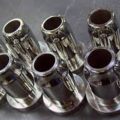
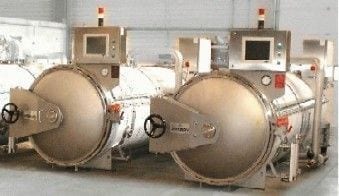
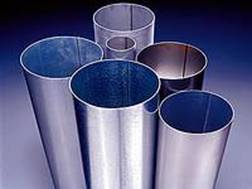
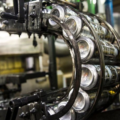

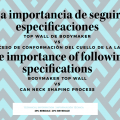
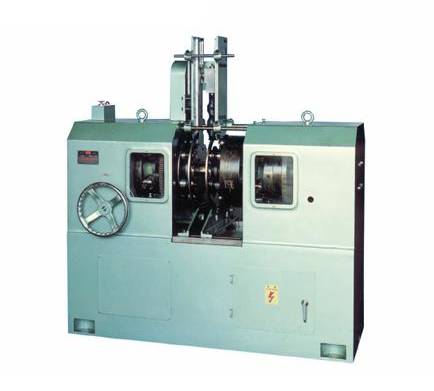
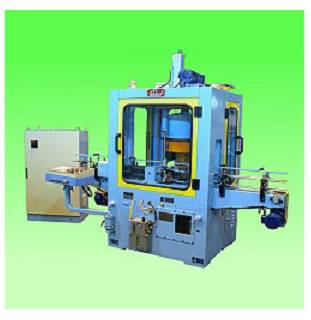
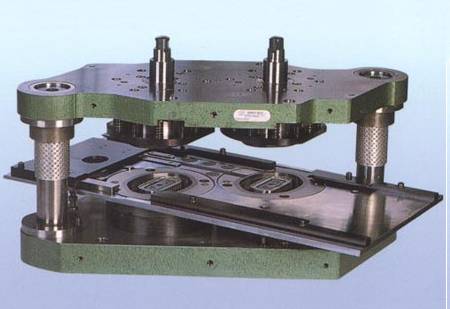



0 Comments